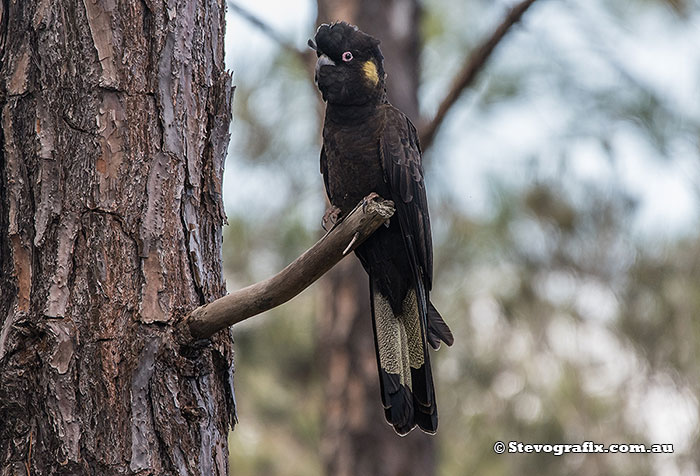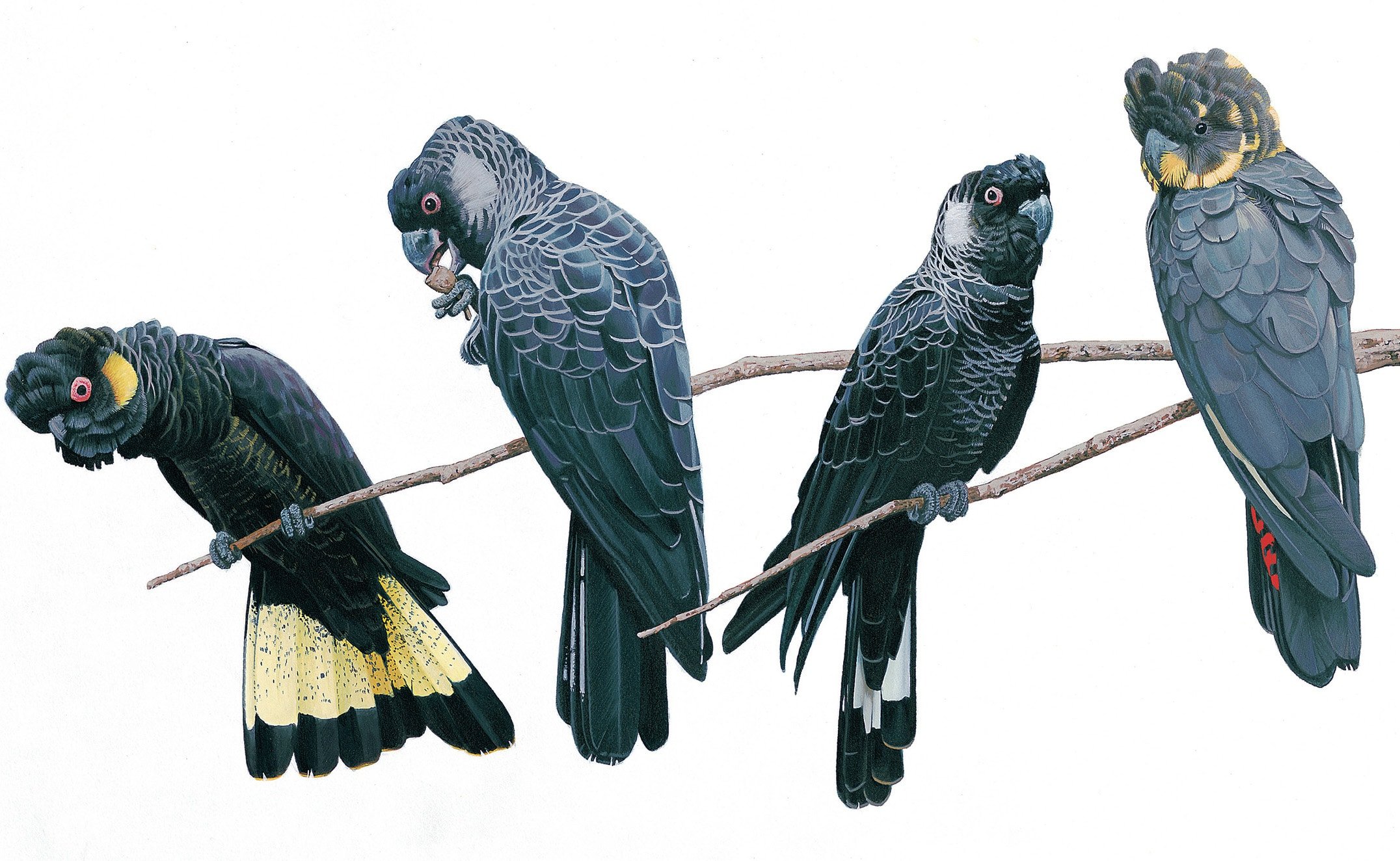
From mid-May onward, the female left the nesting barrel only to feed, bathe, and mate. The male had been displaying indoors since February, but no copulation was observed. On April 15, 1982, the white-tails were again transferred to the outdoor flight for a second attempt at breeding. I removed the pair from the flight and transferred them back to an indoor holding pen for the duration of the fall and winter. Mutual preening was commonly observed, but the female had lost all interest in the barrel, and copulation had ceased altogether. By the end of September, it was apparent that the decreasing photoperiod was hormonally diminishing reproductive behavior. Copulation was infrequent in 1981, andīy August the female had just begun exploring the nesting barrel. He would then mount her from the side and copulation would occur. The female would respond by bowing parallel to her perch and dropping whichever wing was facing the male. In his displays, the male would bow toward the female, raise his crest and cluck rapidly, while fanning his tail open and closing it several times, displaying the striking broad white tailband. The pair seemed to be very strongly bonded, but courtship was often interrupted by the novelty of observing natural phenomena, such as passing insects or other birds. The birds spent the rest of the spring and summer acclimating to the outdoor setting and to the flight pen. Four other perches were positioned at various intervals along the length of the flight pen. A perch led direct! y to the entrance from outside the box to permit easy access for the birds. A small observation door was cut in the side wall to allow for removal of eggs. of sawdust and wood shavings, with several small holes drilled through the oak bottom to facilitate water drainage. The bottom of the box was lined with 3-4 in. This is most valuable in avoiding egg breakage caused by otherwise clumsy entrances and exits by the long-tailed birds.

The box was positioned at a 45-degree angle, with lateral corrugations cut across the inside face of the down-tilted wall, so that the birds would be able to enter the cavity at the top, and climb up or down the side of the box without having to drop onto the bottom or jumping up to get out. diameter entrance hole near the top of the south face.

In the northwest corner, up against the roofing, I installed an oak nesting barrel, measuring 30xl8xl8 in., with the circular 10-in. of one end roofed and sided for protection from wind and rain. I transferred the pair to an outdoor breeding facility in April 1981, after any danger of snow or freezing temperatures had passed. I was astounded to learn that they had been caged together for 11 years, kept as family pets, but had never been offered a nesting barrel or given any opportunity to breed. Both birds were very healthy, in fine feather, and had been maintained on a diet of standard parrot mix and vitamin supplement for the duration of their captivity. Through comparison with study skins at the American Museum of Natural History in New York, I determined that my pair was of the shorter-beaked northern race in origin. The pair had been imported from southeast Asia in 1969, ostensibly as yearlings (the male's beak had not yet darkened, which occurs in the second year). I first acquired a pair of white-tails in 1980, in response to an advertisement I solicited seeking rarer cockatoos.

The northern race has a shorter, blunt beak typical of the genus Cacatua (greater sulphurs, rnoluccans, etc.).ĭecline in numbers, due mainly to logging and clearing of suitable nesting trees, has rendered the white-tails the least abundant of the black cockatoos. The southern race has an extended maxilla or upper beak, which more closely resembles the shape of a macaw beak. The primaryĬharacter for separating the two races is culmen length.

Forshaw tAustrauan Parrots, 1969, Melbourne, Lansdowne Press) describes two races of the white-tailed black cockatoo, which may comprise taxonomically distinct subspecies if the two do not interbreed in the wild. magnificus) occurs sympatrically with bothfunereus subspecies, but is behaviorally and morphologically quite distinct from either. The Banksian, or red-tailed black cockatoo (C. The distribution of the white-tailed black cockatoo (Calyptorhynchus funereus baudinii) is restricted to the farmlands of southwest Australia, where it is reproductively isolated from the eastern nominate subspecies, the funereal or yellow-tailed black cockatoo (C.f funereus).


 0 kommentar(er)
0 kommentar(er)
